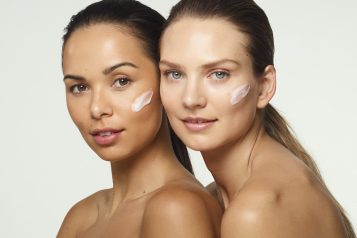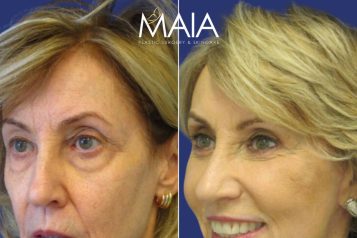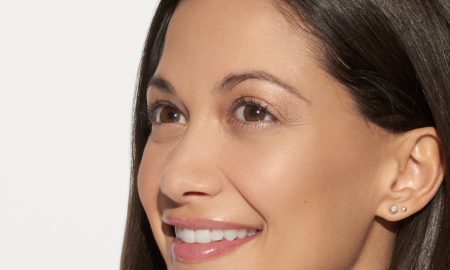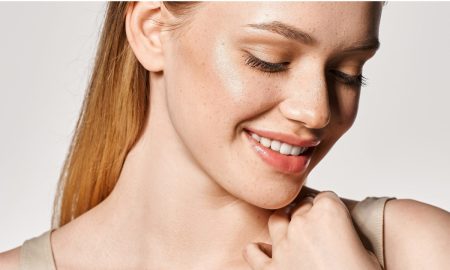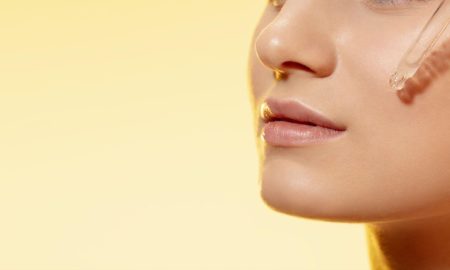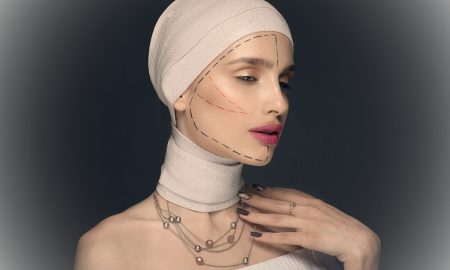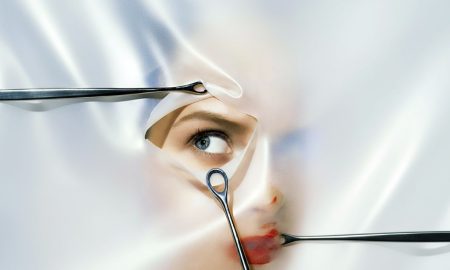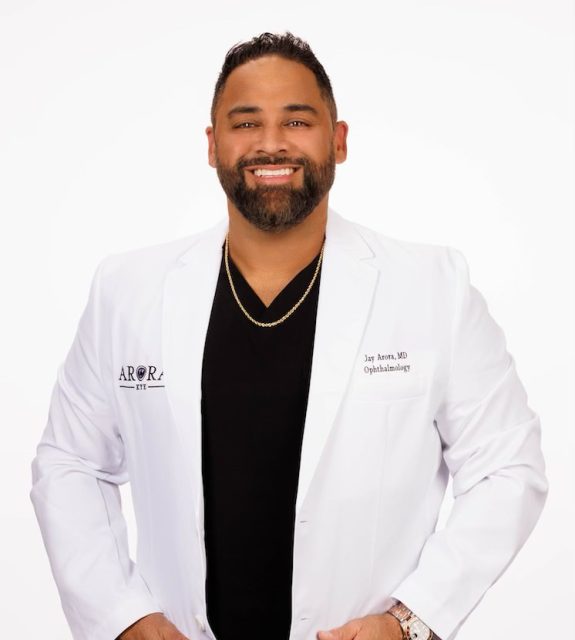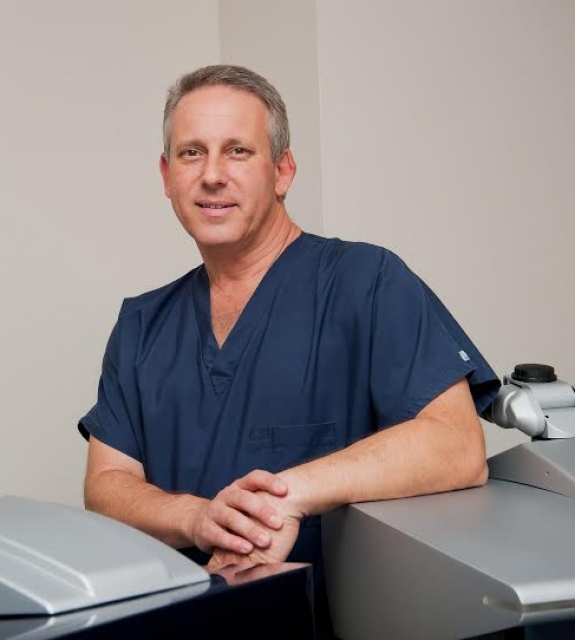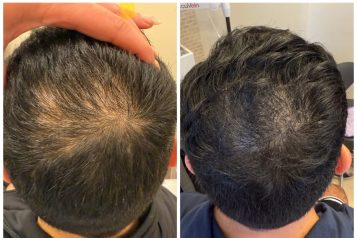 Photo Credit: Shutterstock
Photo Credit: Shutterstock
Board-certified plastic surgeon Dr. Michelle Zweifler recently received cosmetic procedures from Haute Beauty Expert Dr. Sam Rizk. An advocate of "practicing what she preaches," Dr. Zweifler wanted to address aging and sagging by undergoing a facelift and more with Dr. Rizk. Here, Dr. Rizk shares with Haute Beauty the purpose of the procedures and how he approaches his work differently.
What is the purpose of Dr. Michelle Zweifler's Deep plane facelift, browlift, upper blepharoplasty, and CO2 laser resurfacing procedures?
Like many patients in their 40s and 50s, Dr. Zweifler was starting to note changes to her appearance—some wrinkles and laxity in her neck and jawline, hooding above the eyes, and overall fatigue— that just didn’t align with her vibrant and youthful personality. Fillers and neurotoxins were helping, of course, but she was looking for a more permanent way to get ahead of the aging process. Together, we determined that a deep plane facelift, in combination with a browlift, upper blepharoplasty, and CO2 laser resurfacing, would be the most effective way to address her concerns.
The deep plane facelift targets the lower two-thirds of the face, including the jowls, neck, and mid-face. It can provide significant improvements in these areas by repositioning sagging tissues and tightening loose skin, however, it doesn’t really touch the upper face. By adding a brow lift and upper blepharoplasty, which tightens the upper face and corrects that hooded appearance, I was able to address both upper and lower facial aging simultaneously, ensuring a more balanced outcome. The CO2 laser is something I often add to facelift procedures. Not only is it an excellent way to tone and tighten the skin, but by stimulating collagen production it also improves results of the facelift and helps to minimize scarring.
Can you explain the concept of a "deep plane facelift" and its potential benefits compared to other facelift techniques?
A traditional facelift primarily targets the superficial layers of the face, including the skin and the underlying superficial musculoaponeurotic system (SMAS), which is a fibrous layer of tissue beneath the skin. The deep plane facelift takes it a step further by going beneath the SMAS to address the deeper facial structures, including the facial muscles and ligaments. It provides more significant and longer-lasting results, particularly in the mid-face and jawline. It’s also important to note that while a traditional facelift primarily targets the lower face and neck, addressing concerns such as jowls, sagging skin, and deep creases, a deep plane facelift also targets the mid-face area, which includes the cheeks and nasolabial folds. This allows for a more comprehensive correction of facial sagging and aging.
View this post on Instagram
What distinguishes Dr. Rizk's aesthetic approach from other plastic surgeons in terms of achieving a natural look?
I have a background in fine arts and studied sculpture in high school and college, so I’ve always approached surgery with an artist’s eye. To that end, prescriptive beauty norms really don’t interest me—I’m just not the guy to go to for the one-size-fits-all ski slope nose, for example. My approach celebrates the fact that no two humans are alike, and patients seek me out for subtle, well-planned revisions that honor not just their bone structure, but their culture and ethnicity. The goal is always to help someone look like the best version of themselves. That’s real beauty.
Could you provide some insights into the recovery process after undergoing these multiple facial procedures, such as the expected duration of swelling and other recovery milestones?
My approach is a little different than most. I’ve designed a technique that minimizes scarring and swelling, enabling patients to resume their regular routines within a week, barring strenuous exercise, of course, and generally empowers them to be camera-ready in just two.
For more information, visit Dr. Sam Rizk's social media:







